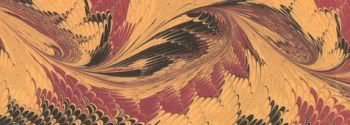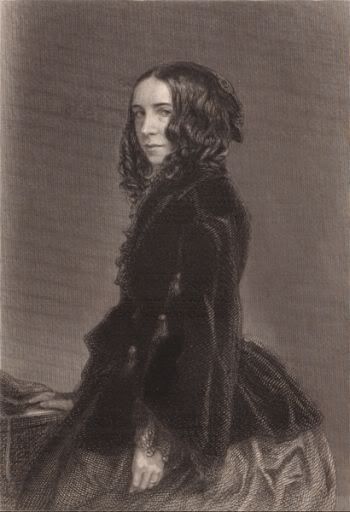
But you are probably puzzled as to why one must sniff all these curious things, if one reads Flush. Simply put, because the subject of Mrs. Woolf’s book is a dog—a cocker spaniel to be exact. His name is Flush. He is, however, no ordinary dog. He was the real-life pet of poets Elizabeth Barett and Robert Browning. Strictly speaking, Flush is a biography. The book follows the story of Flush’s life in Victorian England, providing glimpses into the lives of his poet-owners, too… This is the drollest little book.
Ellen Glasgow, in The New York Times Herald Tribune Books, calls it “a masterpiece…It is not fiction because it has the substance, the reality of truth. It is not Biography because it has the freedom, the artistry of fiction.”

Really, Virginia has done something quite revolutionary in making the subject of her biography Elizabeth Barett Browning’s cocker spaniel, Flush. We see all the events of the poetess’s life—courtship & marriage to Robert Browning & all—filtered through Flush’s canine sensibilities. And for quite some time, we are made to feel the things that dogs feel—their melancholy (when they are neglected), their rapture (when fields—moist, sunny, teeming with earthy aromas—beckon them to run about and play).
Perhaps what’s so interesting about this book is how Virginia is able to blend two genres as diverse as fiction and biography into a delightful composite that both informs and enchants. Woolf calls attention to Flush’s incredible intuition, suggesting that animals, although dumb and unable to verbalize their sensations, are remarkably sensitive creatures. Flush also satarizes the absurdities of English pretentiousness.

(Miss Elizabeth Barett Browning)
No comments:
Post a Comment
SWEET!